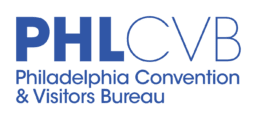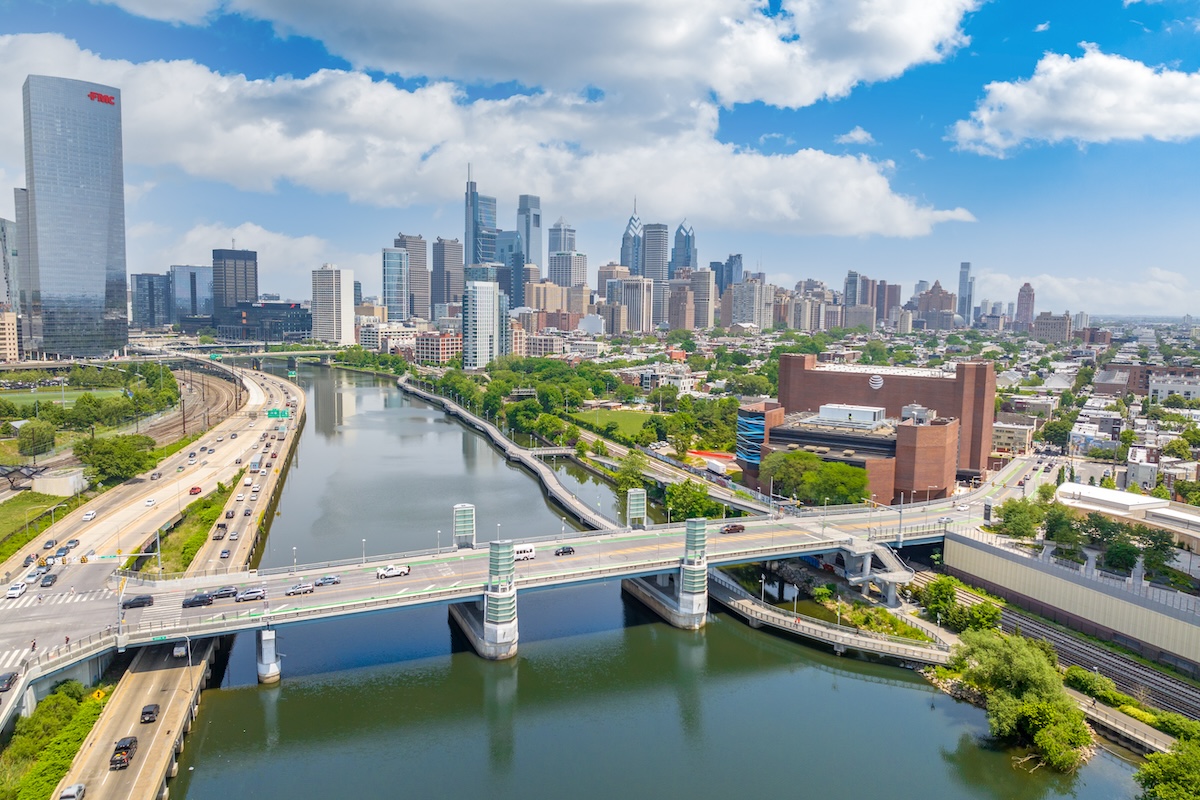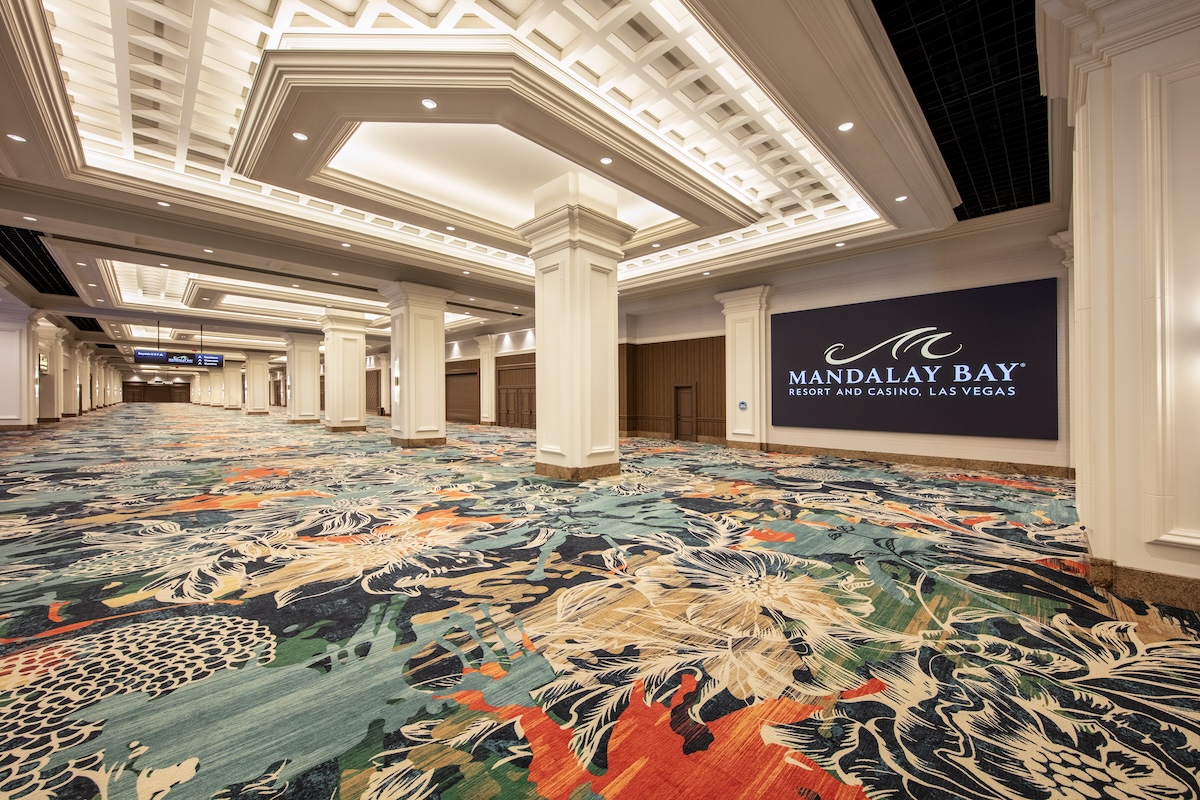Skift Take
Life sciences events are more important than ever as face-to-face meetings return in force. Here’s how event planners can keep pace with rapid change in the industry, take advantage of accelerating tech innovation, and support the professionals tackling the top health challenges of the day.
This sponsored content was created in collaboration with a Skift partner.
The global pandemic might have thrust the life sciences industry into the spotlight, but it also shut down an important avenue for innovation: Conferences exist to tackle today’s biggest problems through in-person collaboration. Now that face-to-face meetings are back in full swing, events devoted to gathering, inspiring, and supporting the professionals keeping us all healthy are more crucial than ever.
To support the industry’s work in solving today’s challenges and preventing tomorrow’s problems, life sciences events must satisfy a huge range of requirements. From meeting medical professionals’ health and safety standards to incorporating digital innovations, planners have their work cut out for them. Further, there is more pressure than ever to build connections between the life sciences and other sectors like education, tech, and venture capital.
Skift Meetings partnered with PHL Life Sciences, a division of the Philadelphia Convention and Visitors Bureau, to create this report: 5 Trends for Life Sciences Conventions, Meetings & Events. Here are the top ways planners can implement today’s most important trends for life sciences gatherings that meet the moment.
1. Access Deep Expertise & Robust Support
Today’s life sciences event planners are tasked not just with attracting attendees, but also building the brain trust that will make attendance worthwhile. Working with a convention and visitors bureau (CVB) or destination management organization (DMO) instantly unlocks access to locally respected and world-renowned life sciences experts. The Philadelphia CVB created the PHL Life Sciences division in 2006 to make their robust local network available to event hosts.
2. Use Today’s Meetings to Inspire Tomorrow’s Breakthroughs
Breaking ground in the life sciences space requires financial investment and support, but it also depends on the next generation of student and startup talent. Knowing that today’s youth become tomorrow’s leaders, event planners should look for partners that maintain deep connections to both ends of the spectrum. PHL Life Sciences fosters active relationships with 100+ local colleges and universities and regularly connects planners to the world’s leading pharmaceutical companies, investors, incubators, and professional associations.
3. Power Innovation With Cutting-Edge Technologies
Technological innovation is pushing every industry forward, and tools like artificial intelligence and data analysis have particular import in the life sciences. Event planners should seek out partners that can bring that innovation into the meeting room and onto the convention floor. Often called “Cellicon Valley,” Philadelphia is already home to many world-first therapies thanks to both its wealth of local talent and the investors that support their work.
4. Choose Venues Designed to Support Life Sciences Work
Location is a particularly important consideration for life sciences meetings, since they often require access to highly specialized facilities and professional resources. Proximity to lab and research space, affiliations with local innovation districts and hospital networks, world-class health and safety protocols, and progressive sustainability initiatives should guide life sciences event planners’ decision-making from start to finish. The Pennsylvania Convention Center sits in the heart of Philadelphia and ticks each of those boxes.
5. Consider Cities’ Broader Appeal as Travel Destinations
Life sciences event planners should never lose sight of a destination’s broader appeal to travelers. As bleisure travel — blending business and pleasure into a single trip — has become the norm, planners must support attendees to experience and enjoy the cities they visit for work. Philadelphia, for example, is a famously walkable city serviced by a bustling international airport. Additionally, cultural and historical activities abound in Philly, including well-respected museums dedicated to tracing life sciences and the medical profession throughout the ages.
In this guide, you’ll find:
- A breakdown of effective life sciences event planning, starting 2 years out
- Ideas for nurturing the pipeline of life sciences students and startup talent
- Ways to bridge research and lab work to funding and investment
- Examples of how to incorporate tech innovation into life sciences events
- Key factors that turn cities into ideal locations for bleisure travel
- Top considerations for planning successful life sciences events today
This content was created collaboratively by PHL Life Sciences, a division of the Philadelphia Convention and Visitors Bureau, and Skift’s branded content studio, SkiftX.






